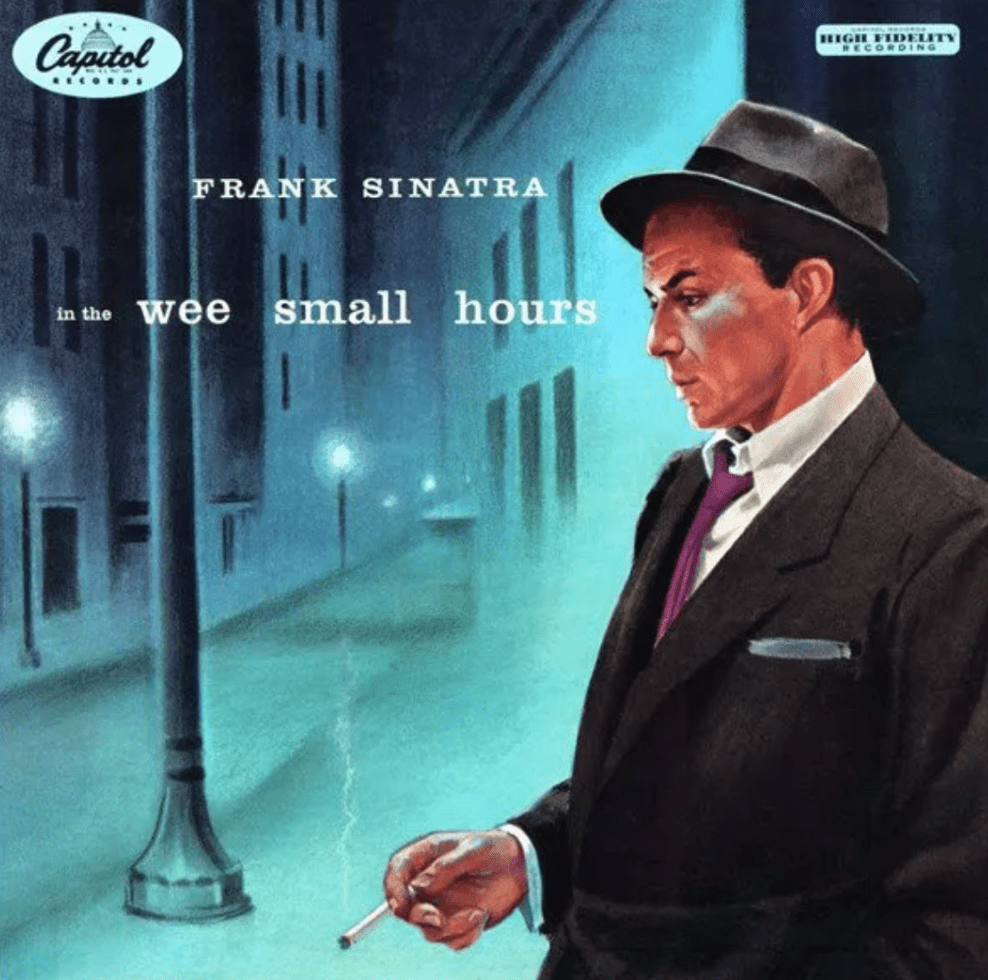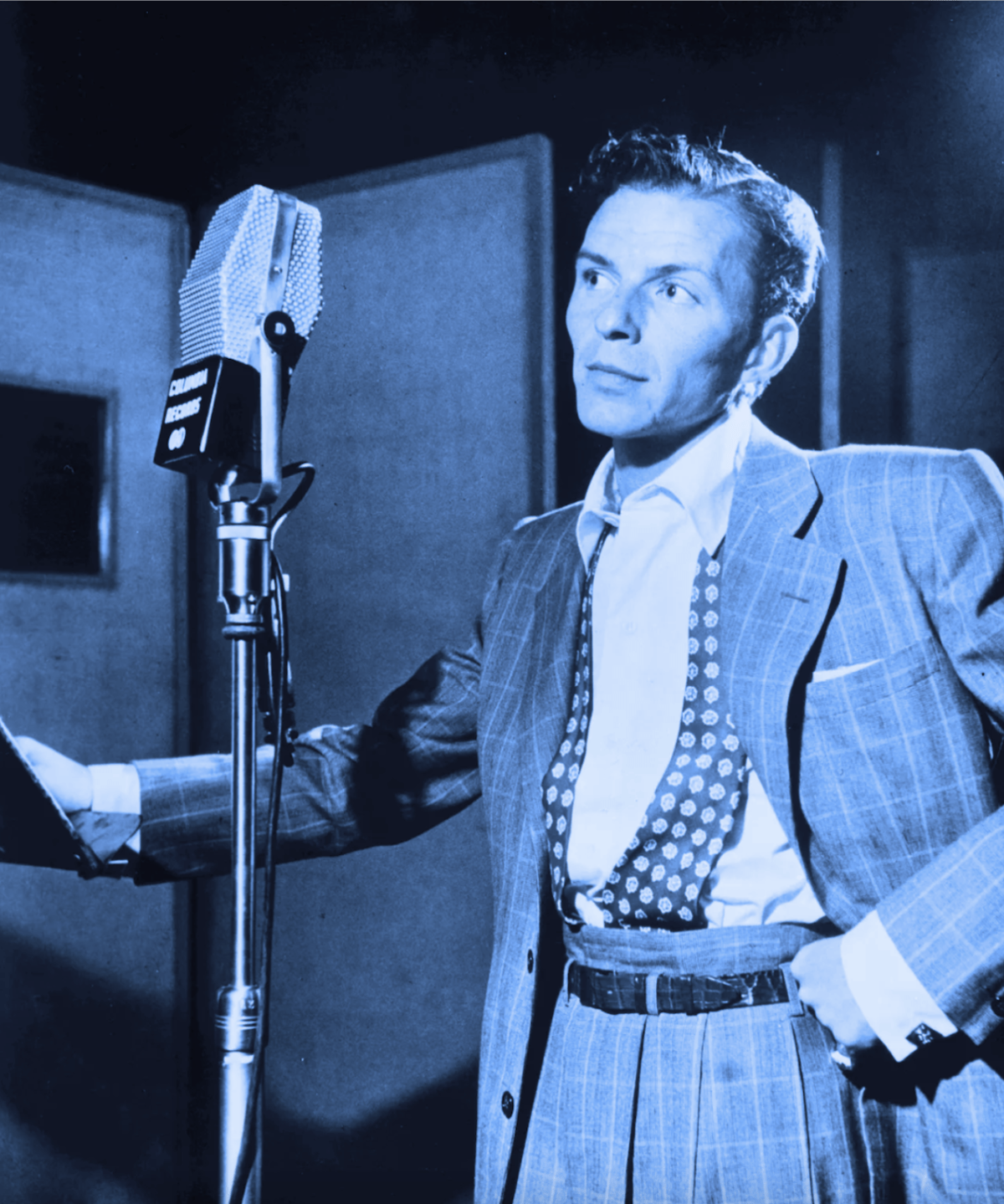By Jack Fry
In Maggie Nelson’s musings of prose poetry on the colour blue, ’Bluets’, she references Ralph Waldo Emerson:
“For just because one loves blue does not mean that one wants to spend one’s life in a world made of it. ‘Life is a train of moods like a string of beads, and as we pass through them they prove to be many coloured lenses which paint the world their own hue, and each shows only what lies in its focus,’ wrote Emerson.”
In 2019, I wandered around the Museu Picasso in Barcelona. Whilst moving through the chronology of Picasso’s work, I came across his blue period and was at that moment moved inexplicably. I gazed wide-eyed, drinking in their hues, saturating my eyes. These paintings are distinct from the rest of his work because they are bathed in the light of the blue hour, that time just after the sun has set that casts the world underwater. Picasso painted using an intense Prussian blue pigment at a time of inner turmoil, and I, like Picasso at that moment, was contained in a bead blown of Prussian blue glass.
“Does the world look bluer from blue eyes? Probably not but I choose to think so (self-aggrandisement).”
Maggie Nelson, Bluets.
In 1953, ‘Ol’ Blue Eyes’ was not in a dissimilar emotional state to Picasso. In a career slump and deserted by his wife Ava Gardner, Frank Sinatra, attempted suicide in his bath. From this period of melancholy came what I and many believe to be Sinatra’s masterwork, “In the Wee Small Hours.” On the album cover, he leans against a street lamp in the gloom; he could almost exist among the forlorn and downtrodden characters of Picasso’s Blue period. “In the Wee Small Hours” is arguably the first concept album of all time. The development of the long-form vinyl prompted artists to consider the LP’s potential as a new format less restricted by timings – an opportunity for a cohesive artistic statement beyond just singles. So Frank began his remarkable run at Capitol with this brooding album of takes from the American songbook contemplating themes of lonesomeness, lost love and late-night ruminations. This quote from Bluets seems like the thesis statement of the album:

“I don’t want to yearn for blue things, and God forbid any “blueness.” Above all, I want to stop missing you.”
Maggie Nelson
The motifs of the album permeate the orchestration with string arrangements rising and falling elegantly like the hazy smoke from a cigarette, and the percussion section sounding like those first stars to puncture the night sky. The languorous tempos sustained throughout the tracklist slow reality, building a kind of noirish reverie.
‘I dim all the lights and I sink in my chair
The smoke from my cigarette climbs through the air
The walls of my room fade away in the blue
And I’m deep in a dream of you
My cigarette burns me, I wake with a start
My hand isn’t hurt, but there’s pain in my heart
Awake or asleep, every memory I’ll keep
Deep in a dream of you’
Deep in a Dream
Sinatra’s voice’s unique quality lies in his phrasing, and his ability to inhabit a mood, to convey emotion. On this album his vocal delivery is as if he were drunkenly confiding in the bartender, the tenderness in his vibrato amounts almost to a trembling lip. Adam Gopnik wrote in the New Yorker, “He sounds the way you would sound if you could speak the things you feel.”
This album gave me new insight into Sinatra, beyond the facade of bravado. Beneath the glamour and swagger, there was a sensitivity and a fatalism.
“’Cause there’s nobody who cares about me
I’m just a soul who’s bluer than blue can be
When I get that mood indigo
I could lay me down and die”
Mood Indigo
Musicians often report visions of colour (or strong associations with colours) when listening to a song or note. I don’t believe that I have synaesthesia, this neurological condition where one sense merges with another. However, in listening to Sinatra, reading Nelson, and observing the work of Picasso, l noticed an interconnecting thread, all pieces of fabric sewn together on the same patchwork quilt. It was as if all three artists were telepathically in sync, as though they were seeing through the very same blue eyes, inhabiting the same Prussian blue bead. It felt meaningful yet hard to articulate.
An article in the New York Times on the colour blue referenced the painter Raoul Dufy’s fascination with blue and its “optical purity” saying that “blue unlike other colours can be brightened or dimmed, the artist said, and “it will always stay blue.” To me, this connects to these blue-related works. Nelson, Picasso and Sinatra convey an essence of human emotion, a distilled heartache and longing. The works resonate powerfully because they have an intensity that cannot be muted, it’s elemental like the blues of the sea and sky.
In writing this piece, I tried to refrain from discussing the tortured artist trope or romanticising depression as a necessary quality for creativity. Many creators are defined by this cliché and their famous bouts of depression as if they have a one-dimensional personality and are only capable of feeling sadness. It should be noted that these artists all went on to create work that revels in the “lighter” side of human experience, they found new ways of seeing, changed the colour of their iris and entered differently coloured beads. This is not to dismiss these darker works’ significance or emotional vibrancy but to only see blue is to neglect the beauty of any other colours. So as Nelson writes,
“And now, I think, we can say: a glass bead may flush the world with colour, but it alone makes no necklace. I wanted the necklace.”
In ‘Bluets’ Nelson quotes Wittgenstein’s remark, “If only you do not try to utter what is unutterable then nothing gets lost.”
I have tried to utter the unutterable and I have not in my writing communicated what I felt experiencing their art, but perhaps you will find that lost quality and purity of emotion and feel it too if you seek out these works, adding a bead to your necklace.

